Konark Sun Temple: An Incredible Marvel of Hindu Architecture, Science, and Resilience (13th Century)
Introduction The Konark Sun Temple, situated in the coastal town of Konark in Odisha, India, stands as a remarkable testament…

Introduction The Konark Sun Temple, situated in the coastal town of Konark in Odisha, India, stands as a remarkable testament…
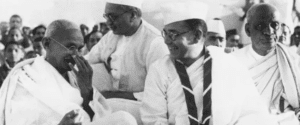
Indian National Congress – A Historical Overview The Indian National Congress (INC) is one of the most storied political parties…
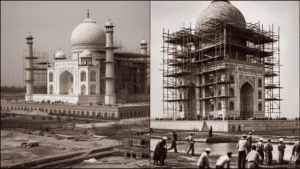
The Taj Mahal: A Masterpiece Shrouded in Controversy and Tragedy The Taj Mahal, often hailed as the most beautiful building…
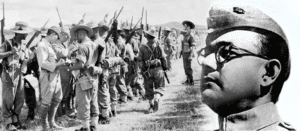
The Indian National Army (INA), a pivotal force in India’s struggle for independence, remains one of the most underappreciated yet…
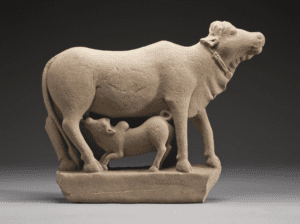
Introduction Hinduism, one of the world’s oldest and most diverse religions, is characterized by its rich tapestry of beliefs, rituals,…
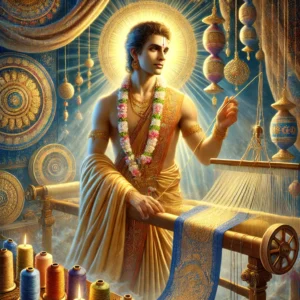
In the vast tapestry of Hindu mythology, gods and goddesses symbolize various aspects of life, nature, and human experience. Among them, Mrekand, the Hindu god of weaving, embodies the artistry and skill that goes into creating textiles and fabrics.

The Kalinga War, fought around 261 BCE, was a turning point in Ashoka’s life, leading to his profound transformation from a ruthless conqueror to a compassionate ruler.
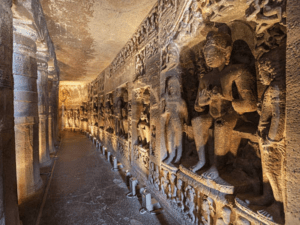
Introduction Nestled deep within the lush hills of Maharashtra, India, lies a mesmerizing archaeological wonder that has stood the test…
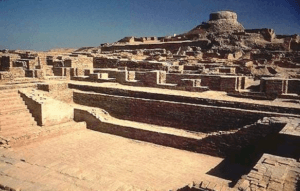
Indus Valley Civilization holds a significant place in world history as one of the earliest urban societies. Its advanced urban planning, trade networks, and craftsmanship reflect a complex and sophisticated society. Although much about their culture and language remains a mystery, the civilization’s legacy continues to intrigue historians and archaeologists, providing valuable insights into the ancient past.
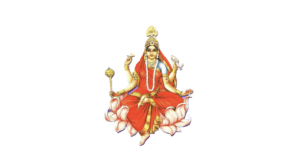
Maa Siddhidatri possesses the siddhis of Anima, Mahima, Garima, Laghima, Prapti, Prakamya, Ishitva, and Vashitva. In addition to providing all eight siddhis to her devotees, she also provides enlightenment.
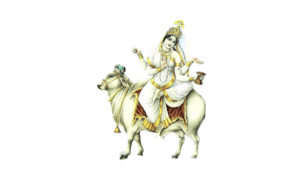
The eighth day of Navratri is dedicated to Maa Mahagauri the eighth form of Maa Durga. Devi Bhagvat Purana states that nine forms and ten Mahavidhyas are all parts of Adishakti, but Mahagauri always resides with Mahadev in the form of Ardhangini.
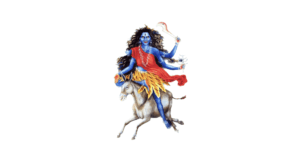
Goddess Kalratri is widely regarded as one of the many destructive forms of Mother Goddess viz Kali, Mahakali, Bhadrakali, Bhairavi, Mrityu-Rudrani, Chamunda, Chandi, Durga, Raudri, and Dhumravarna .
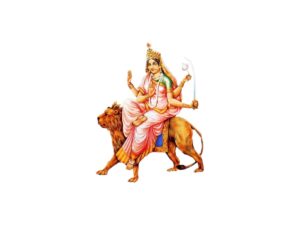
The sixth day of Navratri is dedicated to the ferocious warrior avatar of Goddess Durga, known as Maa Katyayani.
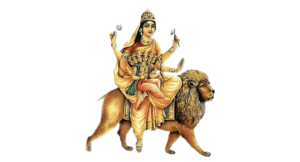
On the fifth day of Navratri, Skandamata, Maa Durga’s fifth avatar, is worshipped. With the blessings of Maa Sakandmata, even an ignoramus person becomes wise. In this article the readers will find a piece of detailed information on various aspects related to Skandmata according to Hindu religious scriptures.
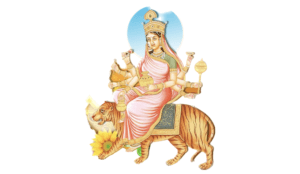
The fourth day of the Navratri festival is dedicated to Goddess Maa Kushmanda, during which the fourth form of the nine incarnations of Goddess Durga is worshipped. The worship of Maa Kushmanda develops intelligence and increases decision-making power in life.
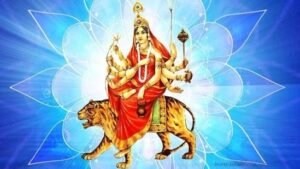
She has ten arms and each hand is adorned with various war weapons therefore she is also known as Ranchandi.
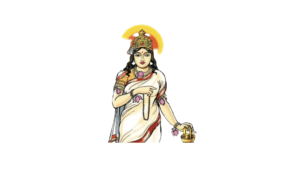
Introduction : The second day of Navratri is dedicated to Maa Brahmacharini, the second form of Maa Durga. The Hindu…
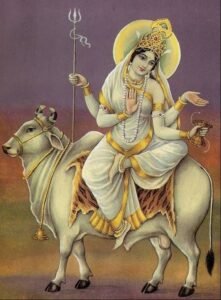
As per Hindu mythology, chanting the Shailputri Mantra regularly and on the first day of Navarati is the most powerful way to gain the blessing of Goddess Shailputri. Shailputri Mantra is recited during Navratri in order to keep away all evil from your life and to ensure your health, wealth, and prosperity. If you are looking for a deity to turn your fortunes around and want to live a long and beautiful life, then Shailaputri is the perfect goddess for you.
We use cookies on this site to enhance your user experience. Learn more